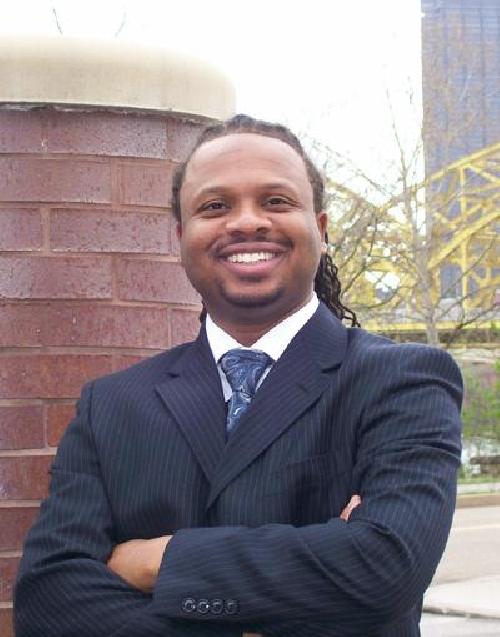ST. LOUIS -- A Saint Louis University public health researcher is proposing immediate, concrete steps to stem police shootings of black males.
Keon Gilbert, DrPH, assistant professor of behavioral science and health education at Saint Louis University's College for Public Health and Social Justice, outlined his recommendations in an academic paper published Dec. 10, 2015 in the online edition of the Journal of Urban Health.
The number one cause of death among black males between the ages of 15 and 35 is homicide. Black males are 21 times more likely than white males to be killed by a police officer, with high-income blacks as likely as low-income blacks to be killed by police officers. The life expectancy of black men is seven years lower than women of all races and all other groups of men in the U.S. other than Native Americans.

"Focusing on 'justifiable homicides' contributes to an understanding of the persistent lower life expectancy of black males and the leading causes of death that feed these trends," Gilbert says.
"There are a number of concrete steps policymakers can take almost immediately, even with limited resources."
Gilbert suggests:
- Collecting and analyzing data to drive policy decisions
"Classifying a death as a 'justifiable homicide' does not provide the qualitative information to properly understand the incident. We need data about the threshold law enforcement officers employ when deciding when and how to use violent force against a citizen. Perceptions of fear as a viable defense need to be re-evaluated."
- Repealing stop and frisk laws and re-evaluating stand your ground laws based on evidence that racial biases influence how these laws are implemented
- Requiring police officers to use body cameras to document incidents
- Establishing community review boards to improve relations between police and local residents
- Recognizing and fighting prejudice
- Offering mental and preventive health services to communities plagued with high levels of violence and policing
Gilbert reported 2011 data from New York City police officers, who performed nearly 700,000 pedestrian searches -- half of which were of blacks -- and about 350,000 frisks. Force was used nearly 140,000 times - with blacks represented in 55 percent of cases. "Only 2 percent of these stops resulted in the discovery of contraband, which means that over 9 out of 10 black males stopped by the police were innocent and engaging in no wrongdoing."
"Body cameras provide video and audio recordings of violent incidents, which will allow for more objectivity, give voice to the dead and increase accountability and transparency between police officers and the community," Gilbert said.
These boards should be independent of political groups in control, diverse, allow residents to report issues, recommend policies, evaluate best practices and be transparent.
"Police and peace officers need to be retrained to understand their own racial biases and formulate more equitable approaches to the treatment of individuals from groups they have not encountered during their upbringing," Gilbert said.
"When police use stop and frisk and excessive force or commits acts of what they call 'justifiable homicide,' communities suffer negative impacts. They are frequently labeled as high-crime areas and become subjected to predatory lending, economic disinvestment, social isolation and political disenfranchisement. These factors concentrate poverty, reduce educational attainment and limit employment and earning opportunities, which institutionalize and replicate social biases that systemically seal the fate and fortune of many local residents," Gilbert said.
"Ferguson, Missouri, the home of Mike Brown, could be anywhere, USA. It is an example of many communities in America that are deeply segregated."





Comments